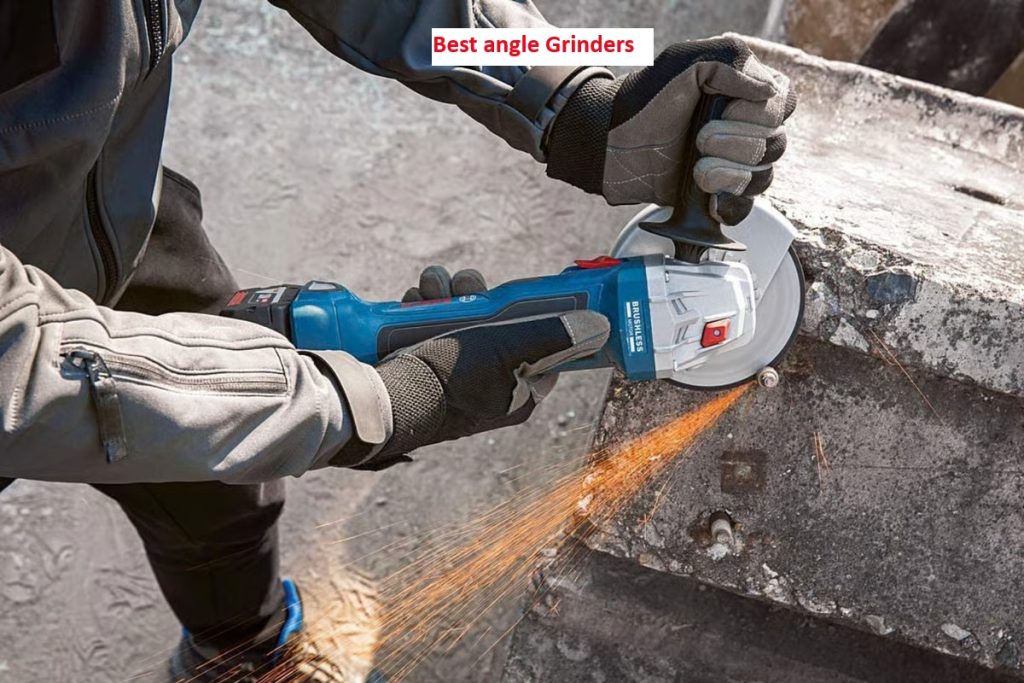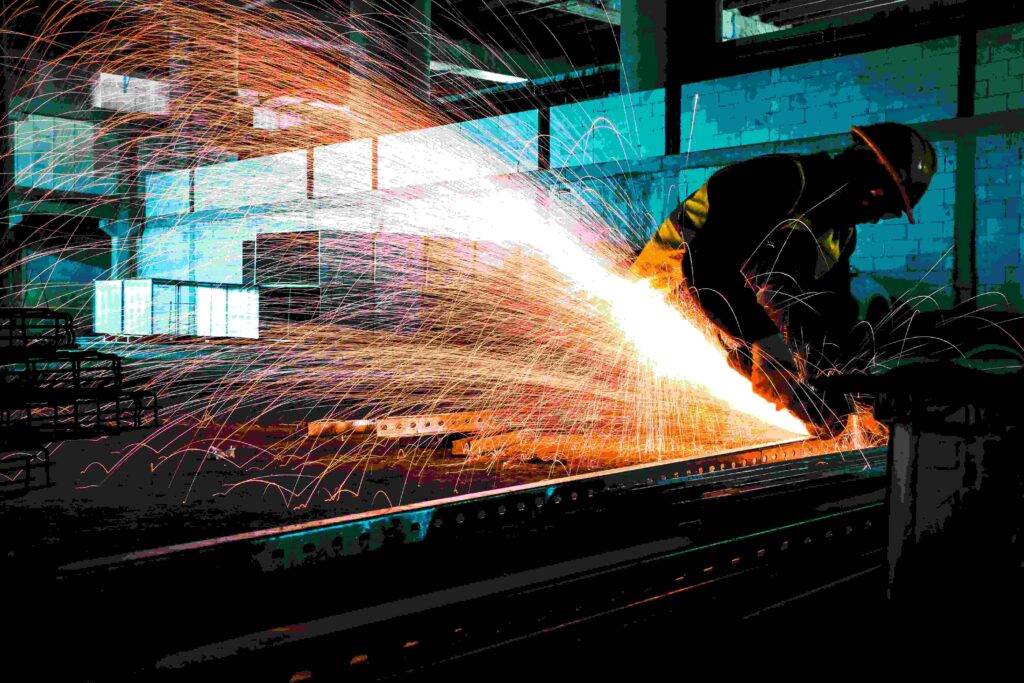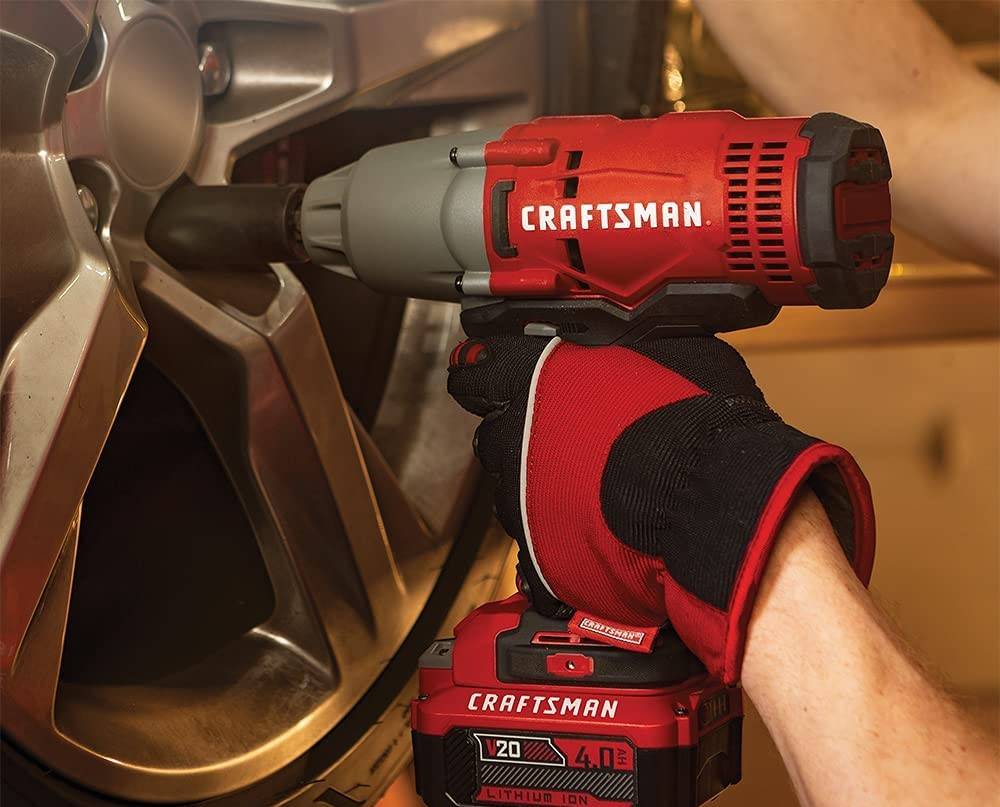When you’re working with a budget of under $100, you won’t get every pro-level feature — but you can still score a reliable, powerful angle grinder good enough for many metalwork tasks. Here’s what to look for, followed by the best options currently available + recommendations.
✅ What to expect in a grinder under $100
Budget grinders usually compromise in one or more of these areas:
- Motor power & durability: You may get less robust windings, more wear over time. Good models still manage 6–8 amps for corded versions. tool.report+2Popular Science+2
- Switch / ergonomics: Might have slide switches instead of paddle or trigger-style, fewer handle positions, maybe more vibration. Popular Mechanics+2tool.report+2
- Safety & cooling features: Likely minimal. Extended use could lead to overheating; fewer advanced guards or kickback protection. Popular Science+2tool.report+2
- Accessories: You might get fewer extras (guards, wheels, etc.). Plan to budget a little for good discs too.
What you should insist on:
- 4½-inch (115 mm) or 5-inch (125 mm) disc size — these are common, parts are easier to get.
- Good no-load RPM (10,000–11,000 RPM) for metal cutting and grinding tasks.
- Metal gear case or good quality housing.
- A guard, and ideally a side handle (multiple positions if possible).
🔍 Top picks (Under $100)
Here are some of the best angle grinders under $100 in 2025. These are mostly corded models, since cordless ones with quality batteries tend to exceed $100.
| Model | Key Specs | What Makes It Good | What to Be Careful Of |
|---|---|---|---|
| Black+Decker BDEG400 | 4½-inch, ~6.5-Amp, metal gear case, 3-position handle. Clever Handymen+2tool.report+2 | Great value, durable gear case, decent power for light-to-moderate metal work. Very good for occasional cutting, rust removal, etc. tool.report+2Journeyman HQ+2 | Not for heavy, sustained cutting; motor and bearings may heat up under long load. |
| Bosch 1375A | 4½-inch, 6-Amp, ~11,000 RPM, 3.75 lbs, two-position side handle. Clever Handymen+3House Grail+3tool.report+3 | Lightweight, highly praised for power vs size, good longevity. A top pick in multiple budget lists. House Grail+2tool.report+2 | Less advanced safety features, could be noisier; side handle might be less comfortable over very long sessions. |
| Makita 9557PBX1 | 4½-inch, ~7.5-Amp, paddle switch, rotating gear housing, durable bearings. Clever Handymen+2Honest Grinders+2 | Higher amperage gives better cutting speed; Makita build quality is generally good. Good if you need more muscle under $100. | Heavier than smaller models; more vibration; may cost close to the $100 limit depending on sales/taxes. |
| Ridgid R1006 | 4½-inch, 8-Amp, ~11,000 RPM, corded. Pro Tool Reviews+1 | Strong motor in the under-$100 range; excellent value for more serious metal cutting/grinding. Also service agreement makes it appealing. Pro Tool Reviews+1 | Heavier; less compact; might be more tiring for small or overhead work. |
| Metabo HPT G12SR4 (aka Hitachi G12SR4) | 4½-inch, ~6.2-Amp, ~10,000 RPM. tool.report+3Popular Science+3Journeyman HQ+3 | Good all-rounder; solid for light / occasional metal work; value pick among affordable grinders. Popular Science+1 | Less torque under heavy load; switch design maybe less ergonomic; spare parts may be less common in some regions. |
⚙ Which to choose based on your usage
Depending on what you do mostly, some of these picks will serve you better than others:
| Use-Case | Best Choices | Why |
|---|---|---|
| Occasional metal cutting / home repairs | Bosch 1375A or Black+Decker BDEG400 | Light, easy to store, enough power for non-continuous jobs. |
| Fabrication / welding cleanup / more frequent use | Ridgid R1006 or Makita 9557PBX1 | Higher amperage, better durability. |
| Tight spaces / lighter work (vehicles, bikes etc.) | Bosch 1375A | Compact, lower weight makes overhead or awkward angle work easier. |
| Cheapest “just get a grinder” for basic cutting/slash grinding | BDEG400 or Metabo HPT | Good enough performance, lowest cost, good for starter tool. |
⚠ Pros & Cons of budget grinders
| Pros | Cons |
|---|---|
| Great value; low cost upfront. | Less ruggedness; likely shorter lifespan under heavy duty. |
| Good for projects that don’t need pro-grade continuous use. | Less advanced safety features; more vibration; less comfort. |
| Easier to replace than repair. | May overheat; more noise; potentially less precision. |
🔧 Tips to extend life & get better results
- Don’t push the tool too hard — let it do the cutting/grinding. Heavy pressure just burns motor or disc.
- Use high-quality discs / cutting wheels — poor quality abrasives damage the tool more.
- Clean the vents regularly to prevent overheating.
- Use the side handle and guard properly — safety first.
- If using for stainless or rust, clean or grind carefully to avoid contamination.
📉 What you won’t get under $100 (or rarely get)
- Brushless motors (mostly corded cheap ones use brushed).
- Advanced features like electronic brakes, kickback protection, overload protection (unless you find a rare sale).
- High battery-capacity cordless versions (batteries cost more than $100 often).
- Very large disc sizes (7-inch, 9-inch) at decent quality.
🔍 Final verdict
If I were you building a budget toolkit and needed a metal-working grinder under $100, here’s how I’d pick:
- If you need light weight, portability, occasional work, go Bosch 1375A — best all-round.
- If you need something cheap and still decent for occasional cutting or rust / weld cleanup, Black+Decker BDEG400 gives you more value per dollar.
- If you expect more frequent use or slightly heavier cuts, spending a little closer to $100 on Makita 9557PBX1 or Ridgid R1006 gets you better durability and power.



